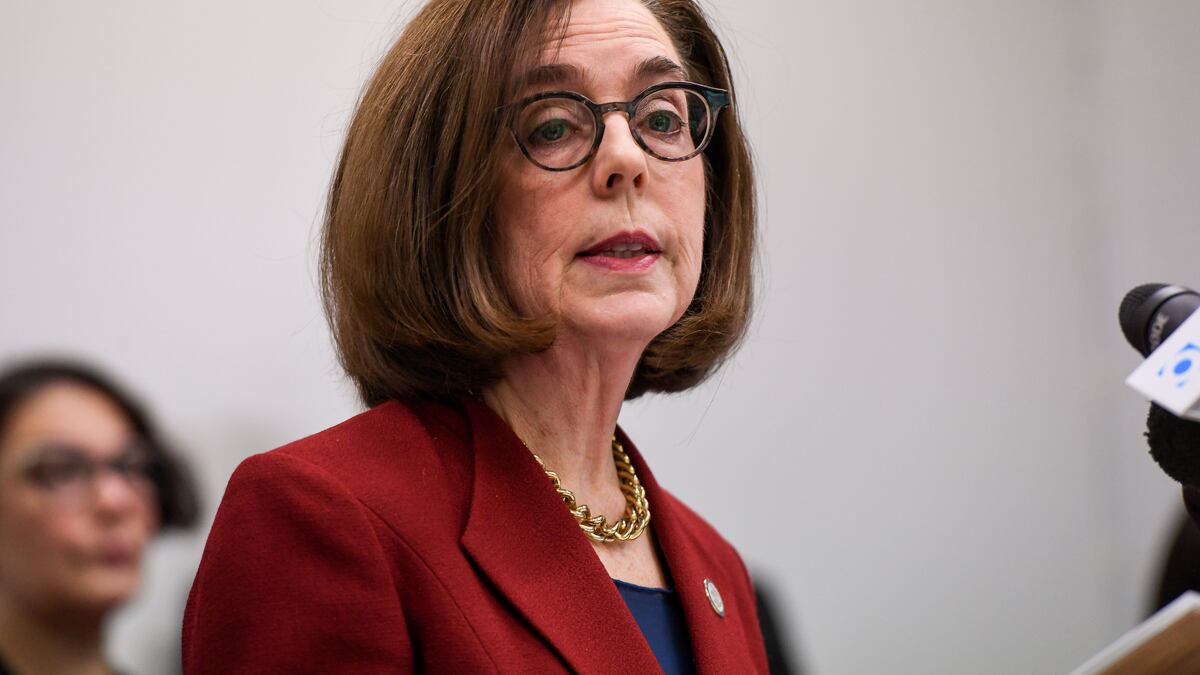At the current rate of infection, the school year will be all but over before the state reaches a low enough coronavirus infection rate to resume in-person classes, according to an Aug. 20 PowerPoint from the governor's office obtained by WW.
Brown briefed business and county leaders yesterday on the bleak outlook for opening schools this year.
At the current rate of COVID-19 infection, she told them, Oregon won't achieve a low enough level of disease prevalence for at least 227 days—no sooner than April.
"The presentation you're referring to was presented to county leaders and business leaders yesterday as part of discussions of two potential paths forward to achieve our goal of returning Oregon's students safely to in-person instruction," says Brown spokesman Charles Boyle. "The governor will discuss this in greater detail in this morning's press conference."
The governor now faces "two choices to get case counts low enough to support sustainable commerce and in-person education across the state (child care, K-12, higher ed)": restrict Oregonians further or launch a more robust crackdown on those violating current rules and an "improved implementation" of current "strategies" for controlling the virus.
Her presentation yesterday is the first concrete evidence that Brown is now focused on directing COVID-19 policies at getting schools open.
That shift comes a week and a half before Portland Public Schools would traditionally open and after public pressure from mothers who are physicians for her to restrict bars and other indoor gathering places.
Related: Oregon Physician Mothers Blast Gov. Kate Brown's Decision to Keep Bars Open, Schools Closed
Among the restrictions suggested in the document: quarantine people traveling to Oregon, limit dining to outdoors only, and close gyms or exercises classes.
Brown also discussed strategies that have "little or no economic impacts," such as "effective contact tracing"; compliance with mask requirements and Occupation Safety & Health workplace policies; and "compliance with isolation/quarantine, including economic supports."
It's not clear which of these options the governor will choose, and Boyle declined to say.
Yesterday's presentation makes clear the governor is juggling the economic impacts against the need to educate children.
"WE HAVE TO DO BETTER, TOGETHER, IMMEDIATELY," reads her PowerPoint.

